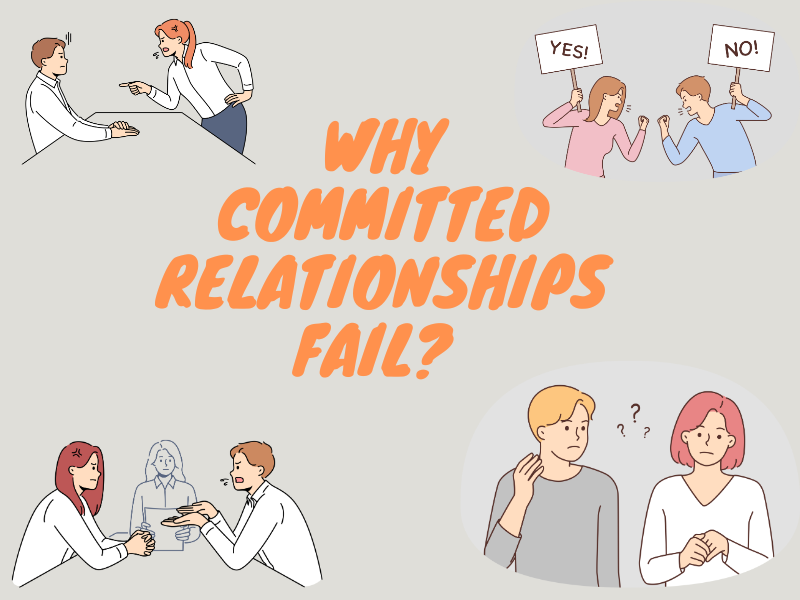Chain of Human Behavior Part III
How innate Human Behavior Negatively Affects Relationships.
Al Cambric
6/23/20254 min read


CHAIN OF HUMAN BEHAVIOR PART III
Welcome to part three of the Chain of Human Behavior blog series. In parts one and two, we covered the first five traits and attributes that are instrumental in forming human behavior. If you haven't read either of those blogs, I would encourage you to do so before reading this one. Without further ado, let's get to it.
Step six in the chain are thoughts and imaginations. In this step, our thoughts and imaginations are concentrated on mapping the course we'll need to take to achieve our root needs and or wants...from which our desires are formed. This is a critical juncture in the chain. Because this is the step at which the plans of many go awry. Some people’s imaginations and thoughts show them courses of actions that violate moral and lawful codes of conduct and sound judgment. For reasons that make many of us scratch our heads, they get tunnel-visioned or so locked into these ill-advised courses of actions that they can’t see the sometimes fatal and harmful consequences they’ll potentially cause. And other times they do see them, but either don’t care or can’t see a better way. But as it pertains to advancing our relationship and fixing behaviors that harms it, this is where we formulate a plan on how to accomplish this task. I call the imagination our sixth sense. Why? Because it allows us to experience things we haven't already with our other five senses. But, it's a composite of our five senses.
Our thoughts and imaginations gives us the ability to see ourselves crossing the finish line long before we ever do. And this vision isn't a physical one. It's a soulful one. And it's a product of faith and the energy faith produces. Internally, our thoughts and imaginations allow us to look deep within and find the commitment we need to endure the challenging road of both conscious and subliminal behavior change we've determined that we desperately need. Ultimately, our thoughts and imaginations inform us of the work that needs to be done to make our behavior change a reality.
After using thoughts and imaginations to determine the direction we must travel, and the methods and tools we'll need to achieve our behavioral goals, the next step in the chain is taking action. Taking action starts as a soulful attribute but is carried out physically. Yet, in our soul, if there are incumbent actions that are firmly rooted but conflicts with the new actions we are attempting to develop, we'll have to consciously practice these new actions over and over until we do them without thinking about them. When we can do them without thinking about them, they have firmly rooted into our subconscious.
Remember, conscious tasks requires focused energy. Our natural human inclination is to offload conscious task to our subconscious as quickly as possible. Because when don't have to think about what we're doing, we can assign our limited and finite amount of focused energy to more pressing tasks. And when we can do actions and tasks without thinking, we reach a place of behavioral perfection. And that's where we want to be. Therefore, actions are the result of the thoughts and imaginations we’ve committed to carrying out. And the more successful we are at carrying them out, and the more comfortable we become in their execution, these actions become a systematic and integral part of our behavior.
The flip side to behavioral perfection is this; it can be good and bad. Meaning, if we cultivate unwise and unprofitable actions in our subliminal soul, over time, we'll produce unwise and unprofitable behavior that we don't have to think about to perfectly carry out. It'll be second nature to us. And, of course, this fact is one of the biggest leading causes of relationship breakdown of any kind, but especially the committed relationship kind.
And last in the chain are the actual behaviors themselves. It takes multiple instances of an action or actions to form behavior. If a person only does something once and never again, that's not their behavior. A behavior is a continuous and repeated pattern of an action or actions. And the more we commit to an action or actions, the more likely we'll form a pattern of behavior that'll eventually register with and become a part of our subconscious. And when this happens, we've offloaded tasks that once required conscious focused energy to our subconscious state, which does not.
In summary, all of the attributes in the Chain of Human Behavior are critical to understand when unwanted behaviors are causing problems for us individually or in our relationships. Long practiced behaviors are often challenging to change, and require total conscious focus during the change process. This often equates to much conscious work. And this work often requires a lot of conscious energy. And because of this fact, many people hate change. This is the primary reason one can take the boy out of the country, but they can't take the country of the boy. Once behaviors are baked into our subconscious, their dynamic and energy-efficient nature and execution makes them tough to remove.
As always, if you’ve enjoyed this blog series, please share it with others. And if you haven’t, please consider subscribing to receive the latest updates about future books, podcasts, and materials. I won’t sell your information. I value your patronage too much to do that. And always remember, committed relationships often cost more than their price tag!
Subscribe
Subscribe to stay in the know when new content is posted.
